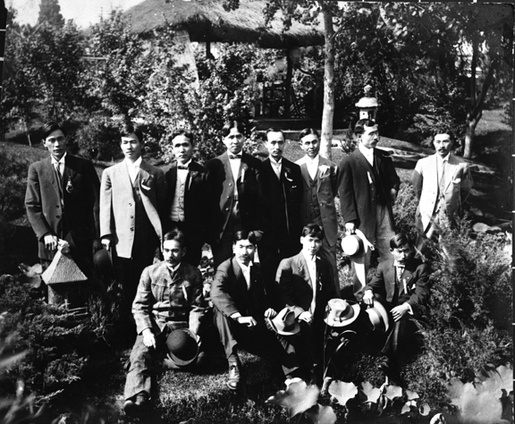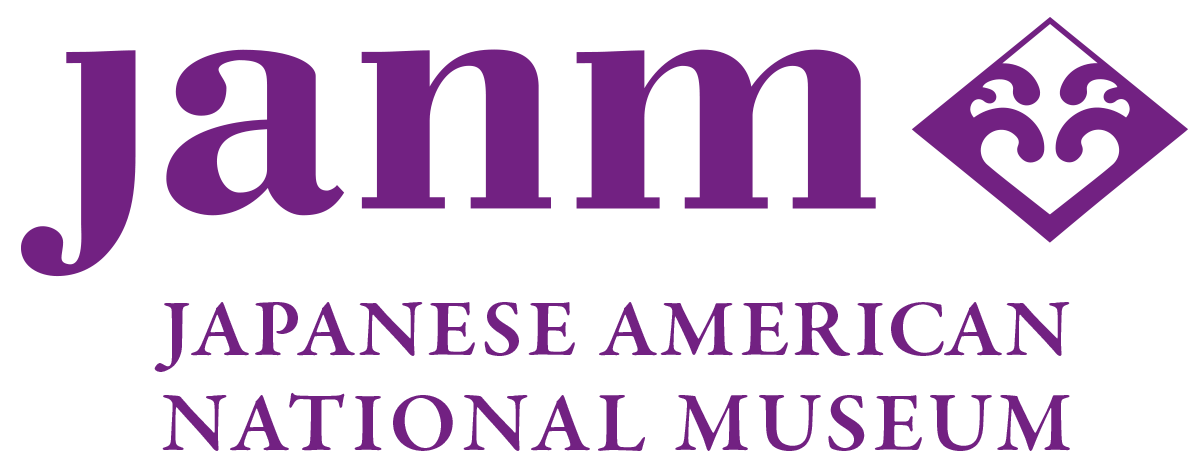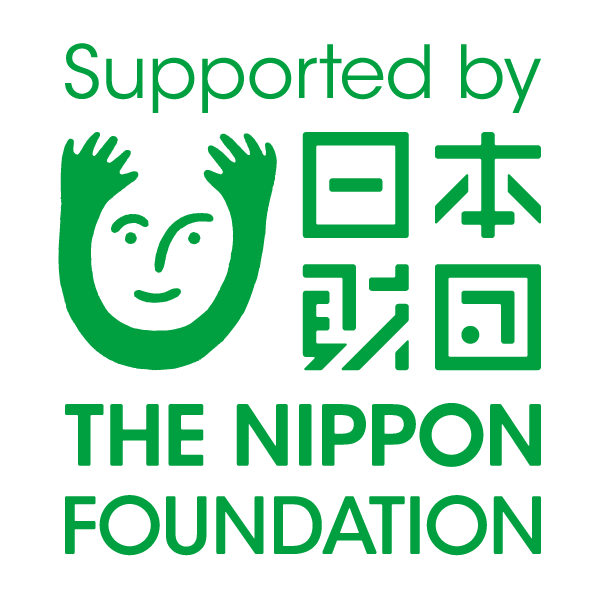

Landscaping America: Beyond the Japanese Garden - Timeline
 eishida
eishida
|

|
||
| Licensing | ||
1800's-1910's
1854
U.S. and Japan sign treaty forcing opening of Japanese ports to American ships and starting limited trade.
1876
First Japanese garden in U.S. presented by Japanese government at the Philadelphia Centennial Exhibition at Fairmount Park.
1882
Chinese Exclusion Act bars immigration of Chinese laborers, setting stage for subsequent legislation curtailing immigration and rights of all people of Asian ancestry.
1891
The Issei, Japanese immigrants, begin careers in yard care.
1893
Josiah Conder’s Landscape Gardening in Japan provides the first detailed information on Japanese gardens for Western audiences.
World’s Columbian Exposition in Chicago, Illinois, features Japanese exhibit halls and displays, including a garden. The Japanese government, eager to present itself as an emerging power, is the first foreign nation to commit to participation in the event.
1894
U.S. District Court ruling determines that Japanese immigrants cannot become citizens because they are not "free white" persons.
The Japanese Tea Garden in San Francisco’s Golden Gate Park created for Japanese Village exhibit at the California Midwinter International Exposition. A year later, Issei businessman Makoto Hagiwara moves into the garden. He and his family serve as its caretakers until 1942.
1900
First large-scale anti-Japanese protest in California organized by labor groups in San Francisco.
Japonisme/Japanism, the Western vogue for things Japanese, spreads throughout much of Europe and the United States.
1904
American Federation of Labor sets policy to exclude Japanese, Koreans, and Chinese from membership.
Louisiana Purchase Exposition in St. Louis, Missouri, includes Japanese Village and Imperial Garden display.
1905
Asiatic Exclusion League formed in San Francisco.
1907-08
The U.S.-Japan Gentlemen’s Agreement takes effect. The U.S. promises to end segregation of Japanese students in San Francisco schools. Japan agrees to halt unrestricted emigration of its citizens into U.S.
1912
Mayor Yukio Ozaki of Tokyo gives 3,000 cherry trees to Washington D.C. to represent friendship between the U.S. and Japan.
1913
First of Alien Land Laws adopted in California, prohibiting “aliens ineligible to citizenship” from owning land in state.
1914
On land bequeathed by Hawai`i's last monarch Queen Lili`uokalani for public use, Lili`uokalani Park and Gardens (a.k.a. Japanese Park) is developed in Hilo, Hawai`i, by Mrs. C.C. Kennedy after her visit to Kyoto, Japan.
1915
Japanese government participates in San Francisco’s Panama-Pacific International Exposition, building an Imperial Garden, despite their discontent over 1913 Alien Land Law.
Japanese Friendship Garden at Balboa Park, San Diego, opens as part of Panama-California Exposition.
Japanese Hill-and-Pond Garden, designed by Issei Takeo Shiota, opens at Brooklyn Botanic Garden in New York. Shiota prolifically designed gardens on the East Coast before World War II.
1918
The motion picture The Bravest Way (dir. George Melford) features Issei actor Sessue Hayakawa as a landscape gardener.
Issei artist Kimi Jingu helps design Japanese Tea Gardens (a.k.a. Japanese Sunken Gardens) in Brackenridge Park in San Antonio, Texas. His family lives there until 1942.
Based on this original

|
Nippon Nursery, Pasadena |
 UCLA Nikkei Student Union Culture Night 2008
UCLA Nikkei Student Union Culture Night 2008 The Sculpture of Ruth Asawa: Contours in the Air - Audio Tour
The Sculpture of Ruth Asawa: Contours in the Air - Audio Tour Wakatay Restaurant-Peruvian Nikkei Cuisine
Wakatay Restaurant-Peruvian Nikkei Cuisine 2007 Gardena Buddhist Church Obon
2007 Gardena Buddhist Church Obon Frank Kikuchi
Frank Kikuchi Hisako Hibi
Hisako Hibi San Jose Taiko and CAVA - 1st and Central Summer Concerts 2007
San Jose Taiko and CAVA - 1st and Central Summer Concerts 2007 2007 Higashi Honganji Buddhist Temple Obon
2007 Higashi Honganji Buddhist Temple Obon Landscaping America: Beyond the Japanese Garden - Timeline
Landscaping America: Beyond the Japanese Garden - Timeline Jack Iwata Collection
Jack Iwata Collection
 Journal feed
Journal feed
